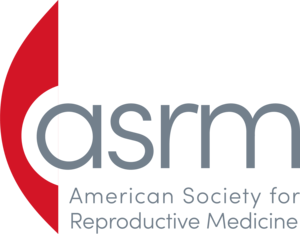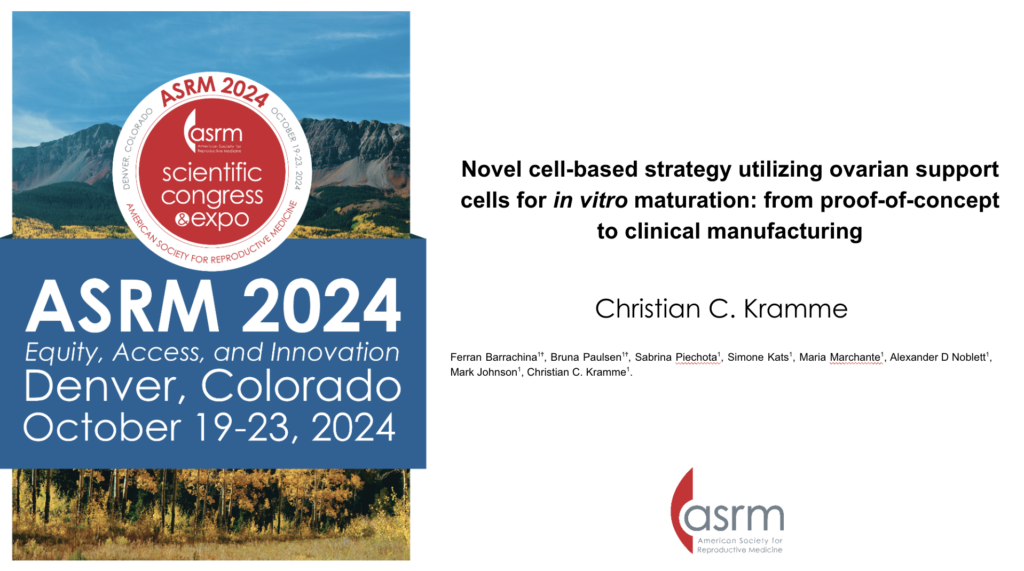Keywords: Ovarian support cells, in vitro maturation, stem cells, granulosa cells, clinical manufacturing
Objective: Our previous studies demonstrated that co-culturing immature human oocytes with ovarian support cells (OSCs) derived from engineered human induced pluripotent stem cells (hiPSCs) leads to higher rates of oocyte maturation and euploid embryo formation (Piechota et al., 2023). The manufacturing strategy employed to establish our original engineered hiPSC line was performed following research-use-only (RUO) standards. However, to facilitate the translation of this innovative cell-based in vitro maturation (IVM) product into clinical practice, the cell engineering strategy has to be optimized and meet clinical-grade (CG) standards. This study aims to generate consistent and functional OSCs from a new CG-hiPSC cell line, achieving comparable clinical outcomes to the RUO-hiPSC cell line, ultimately enhancing the approach’s efficacy, quality and safety.
Materials and methods: Characterization of OSCs involved flow cytometry, RT-qPCR, ELISA, karyotype, single-cell and bulk transcriptomics, along with proteomics. Functional assessment included co-culturing CG-OSCs with 274 immature cumulus oocyte complexes (COCs) from minimally stimulated patients for 30h, and oocyte maturation evaluation post-IVM. For the study, 28 oocyte donors were recruited to undergo 600-800 IU rFSH stimulation with a 2,500 IU hCG trigger when the leading follicle reached 10mm. The donors were an average age of 26±3.6, BMI of 23±2.9, AFC of 20±6.8 and AMH of 3.8±1.4 ng/ml, with an average of 10±5 immature compact COCs retrieved for IVM. IVM was performed by supplementing IVM media (Medicult) with FSH, hCG, A4, HSA, and OSCs as previously described (Piechota et al. 2023).
Results: The translation from RUO to a CG manufacturing strategy presented a major challenge due to the need of replacing key components (cell matrix, serum, and cell media) with higher-quality, commercial-grade materials, alongside the need of utilizing of a CG-compliant hiPSC line as the starting material. Both RUO and CG manufacturing strategies resulted in OSCs expressing granulosa cell markers FOXL2 and CD82, exhibiting steroidogenic function evidenced by estradiol production. Both differentiation strategies yielded OSCs free from hiPSC remnants (OCT4-, NANOG-) and without karyotypic abnormalities. Single cell transcriptomics revealed highly similar profiles between RUO- and CG-OSCs, both exhibiting enrichment in granulosa cell class clusters. Proteomics confirmed consistent hiPSC-to-OSC transition in both approaches, and a strong correlation between RUO- and CG-OSC secretomes. CG-OSCs exhibited MII oocyte maturation rates of 71.09%±3.37%, overall exhibiting similar rates to RUO-OSC (68%±6.74%), and significantly outperforming the conventional IVM control (43%±7.90%) (Piechota et al. 2023).

